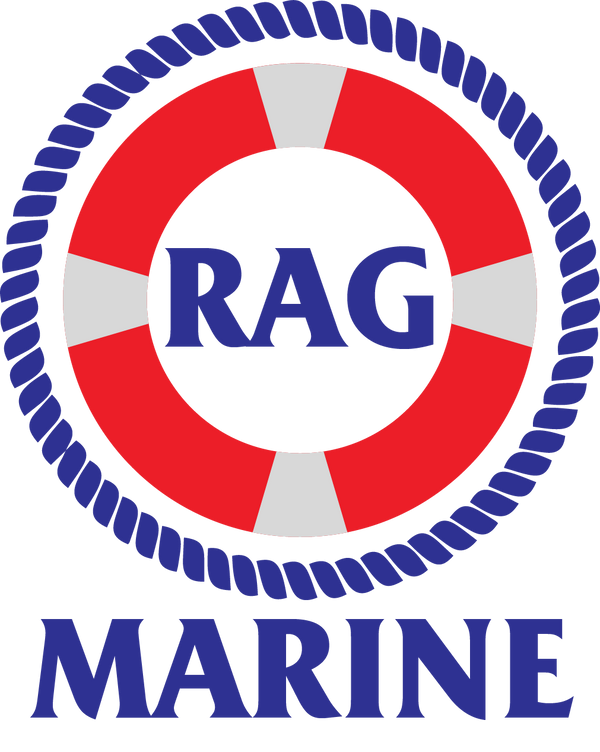Power Your Boat Safely with a Marine Grade Battery Isolator
Share
If you have a boat, you need to know about battery isolators. Marine grade battery isolators are devices that prevent electrical current from flowing between batteries in a series circuit. By doing this, they protect your boat’s electrical system from being overloaded or damaged. But that’s not all battery isolators do; they also ensure that each battery is used equally and charged properly. This is important because if one battery dies, the other can still power the boat. In this guide, we will cover everything you need to know about marine grade battery isolators. We’ll discuss how they work, their benefits, and how to install them.
What is a marine battery isolator?
A marine battery isolator is a device that is used to isolate one or more batteries from each other in a marine electrical system. Battery isolators are used in boats and other watercraft to prevent the discharge of one battery from affecting the others in the system. They are also used to protect sensitive electronic equipment from voltage surges and spikes that can occur in a marine environment.
How does a marine battery isolator work?
A marine battery isolator is a device that helps to ensure that your boat’s batteries are well-charged and ready to go when you need them. It does this by allowing the charging current from the alternator to flow only to the starting battery, and not to any auxiliary batteries that may be on board. This way, you can be sure that your boat will always start, even if the auxiliaries are dead.
The typical marine battery isolator has two inputs and four outputs. The two inputs are connected to the positive terminals of the boat’s batteries, and the outputs are connected to the positive terminals of the devices that need power, such as the engine starter, navigational lights, and so on. There is also a connection between the negative terminal of the starting battery and the negative terminal of one of the outputs. This is known as the “common” connection, and it completes the circuit between all of the devices.
When everything is hooked up correctly, here’s how it works: when you turn on your boat’s ignition switch, it sends power to the isolator’s control module. This in turn sends power to one of the outputs, which goes to the starter solenoid. At this point, everything happens just like it would if you were using a single battery – except that only about one-third of available power is being used.
Meanwhile, back at the isolator,
What are the benefits of using a marine battery isolator?
A marine battery isolator is a device that helps to protect your boat’s batteries from being drained by non-essential devices. By installing a marine battery isolator, you can ensure that your boat’s batteries will have the power they need when you need it most.
There are many benefits to using a marine battery isolator, including:
1. Improved Battery Life: By preventing your boat’s batteries from being drained by non-essential devices, you can extend their overall lifespan.
2. Enhanced Safety: A marine battery isolator can help to prevent dangerous electrical fires onboard your vessel by ensuring that only essential devices are drawing power from the batteries.
3. Greater Convenience: With a marine battery isolator installed, you won’t have to worry about constantly monitoring and/or recharging your boat’s batteries – giving you more time to enjoy being out on the water!
How to install a marine battery isolator
If you have a boat, you need a marine battery isolator to protect your electrical system. Here's how to install one:
1. Determine the size of the marine battery isolator you need. Make sure to get one that can handle the size of your electrical system.
2. Follow the instructions that come with the marine battery isolator. This will help you avoid any mistakes during installation.
3. Connect the positive terminal of the marine battery isolator to the positive terminal of your boat's battery. Do the same for the negative terminals.
4. Route the cables from the marine battery isolator to where they need to go on your boat. Make sure they're not in danger of being damaged or getting wet.
5. Test the marine battery isolator to make sure it's working properly before using it on your boat's electrical system.
How to use a marine battery isolator
If you have a boat, you know that there are many battery-powered devices on board that need to be kept running smoothly. A marine battery isolator is a device that helps to keep your batteries charged and in good condition by allowing them to be used independently from each other.
Here is a step-by-step guide on how to use a marine battery isolator:
1. Locate the main power source for your boat. This is usually the engine battery or a shore power connection.
2. Connect the positive terminal of the main power source to the positive terminal of the first battery in the series using heavy-duty marine wire.
3. Connect the negative terminal of the main power source to the negative terminal of the last battery in the series using heavy-duty marine wire.
4. Install the marine battery isolator between the first and last batteries in the series. Make sure that it is rated for the volts and amps of your system and that it has an automatic shut-off feature.
5. Use cable ties or hose clamps to secure all connections and prevent vibration from loosening them.
6. Test your system by turning on all devices that will be powered by the batteries in series. If everything is working properly, you should see a decrease in amp draw from the main power source while still providing enough power to run all devices.
